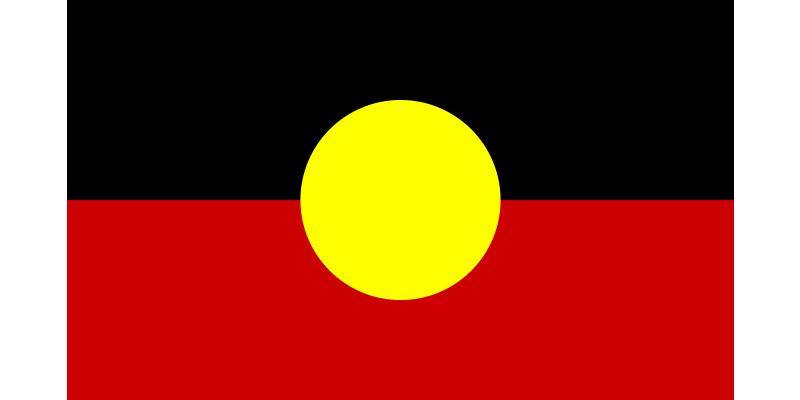When it comes to waterproofing, attention to detail is crucial for ensuring a successful and long-lasting waterproofing system. Architectural details play a significant role in the overall effectiveness of waterproofing, as they address specific areas prone to water infiltration. In this blog, we will explore the relevance and significance of various architectural details in the waterproofing process and how they contribute to protecting structures from water damage.
- Flashing and Joint Treatments: Flashing and joint treatments are critical architectural details that prevent water from entering vulnerable areas, such as roof intersections, wall junctions, or penetrations. Properly installed flashing materials, such as metal or membrane flashings, create a watertight seal and direct water away from potential entry points. Joint treatments, including caulking or sealants, provide additional protection by sealing gaps or joints in materials like concrete or masonry. These details ensure that water is effectively diverted and prevented from compromising the integrity of the structure.
- Expansion Joints: Expansion joints are essential architectural features that accommodate the natural movement of building materials due to temperature changes, settling, or seismic activity. These joints prevent stress build-up and potential cracks that could allow water infiltration. Properly designed and installed expansion joints ensure the long-term performance of the waterproofing system by preserving its integrity and preventing water damage.
- Drainage Systems: Effective drainage systems are critical architectural details that ensure the proper management of water runoff from roofs, balconies, or other elevated surfaces. These systems typically include gutters, downspouts, scuppers, and drainage pipes that efficiently redirect water away from the structure. By controlling the flow of water, drainage systems prevent water pooling, which can lead to leaks, deterioration, or structural damage. Incorporating well-designed and maintained drainage systems is crucial in maintaining the effectiveness of the overall waterproofing system.
- Sloping and Grading: Sloping and grading are architectural details that promote proper water runoff and prevent water accumulation around the structure. Adequate slope or grade ensures that water flows away from the building, preventing potential water infiltration. Properly graded landscapes, combined with strategic placement of drainage systems, contribute to effective water management and protect the foundation and surrounding areas from water-related damage.
Architectural details are integral to the success of any waterproofing system. Flashing and joint treatments, expansion joints, drainage systems, and proper sloping and grading all play a significant role in preventing water infiltration and protecting structures from water damage. By incorporating these details into the design and implementation of waterproofing projects, property owners can ensure the long-term durability and integrity of their buildings. Remember, consulting with waterproofing specialists or professionals is essential to ensure the correct application of architectural details tailored to specific building requirements.
The information provided in this blog is for general informational purposes only and does not constitute professional advice. For specific issues related to architectural details and waterproofing, it is recommended to consult with a qualified architect, engineer, or waterproofing specialist.





